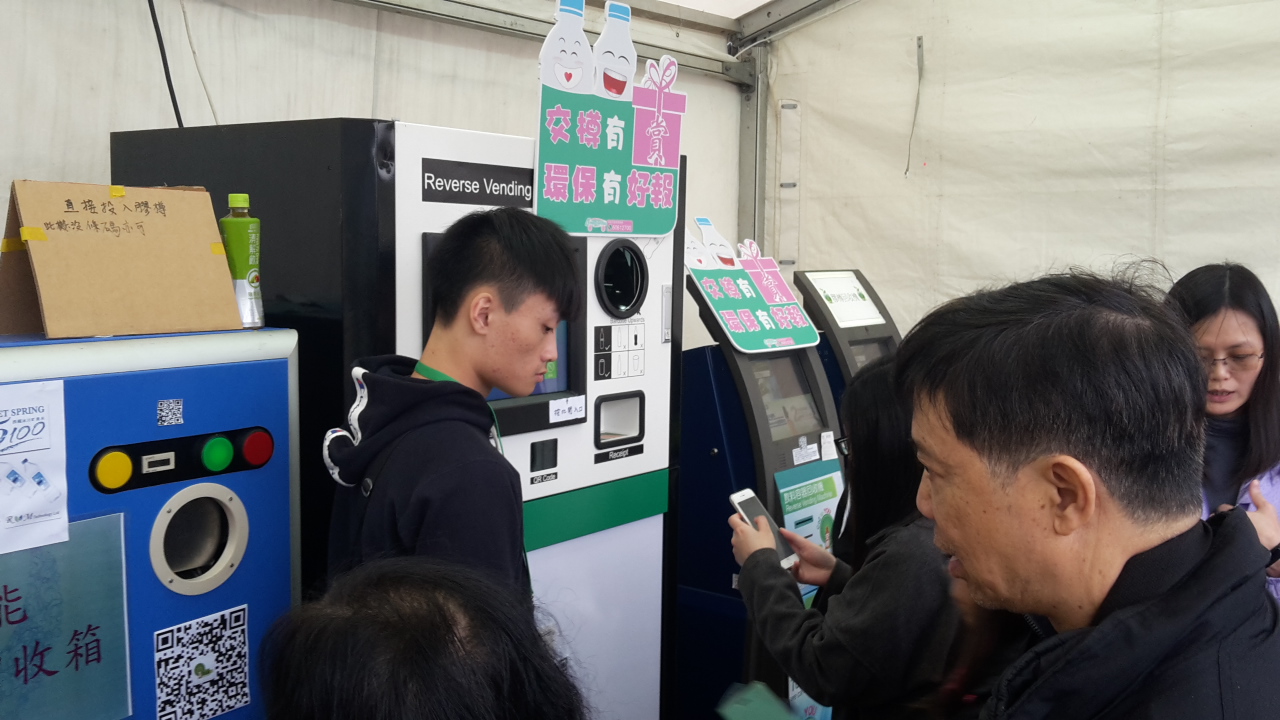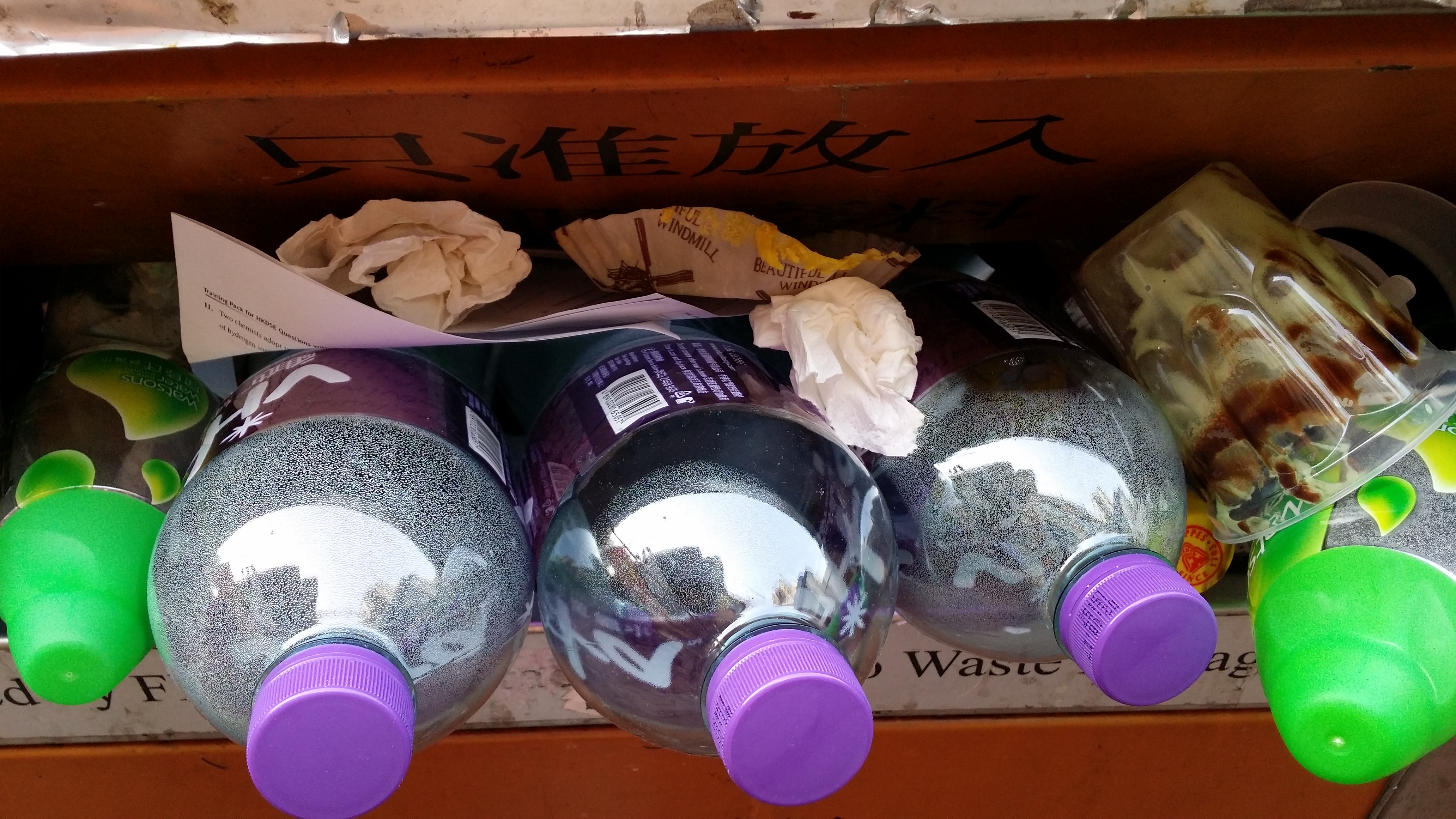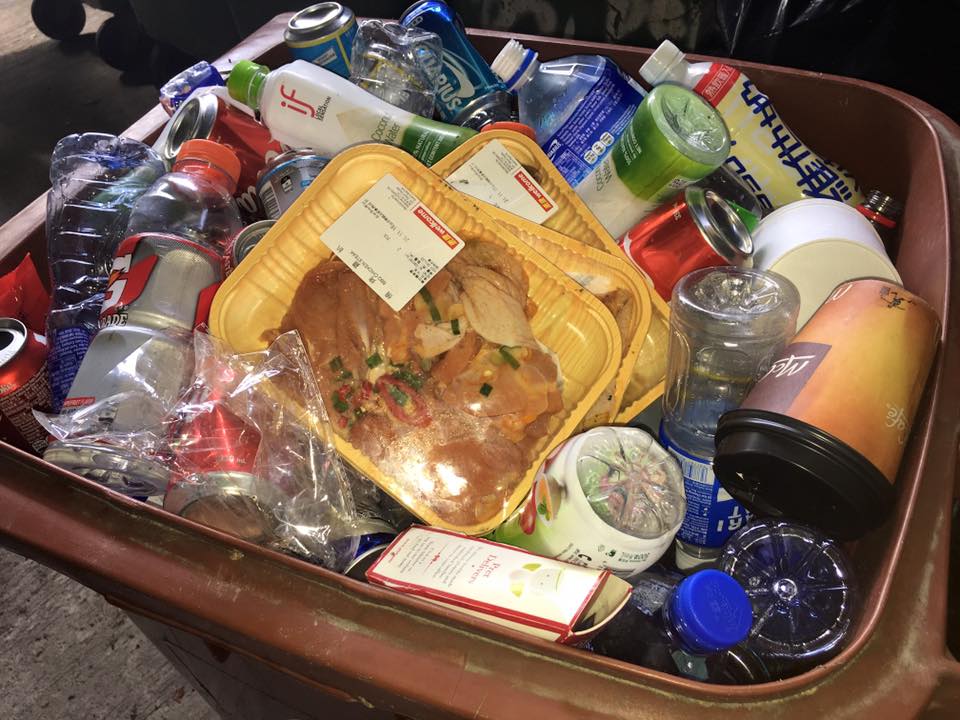Why Hong Kong’s Landfill Problem Won’t Be Solved By Waste-To-Energy Plants
 21 Feb 2022
21 Feb 2022
- Category
- Keywords

Readers discuss the government’s plan to build waste-to-energy facilities, and the importance of caring for Hong Kong’s country parks and hiking trails, which have served as places of respite during the pandemic
(21 Feb 2022 SCMP) The Environment Bureau recently announced it is working on plans to develop more waste-to-energy facilities. However, Hong Kong’s first facility able to process general municipal solid waste is still under construction.
The bureau said the additional centres would support the city’s commitment to achieving carbon neutrality before 2050, and would mean it can move away from reliance on landfills for municipal solid waste disposal by 2035.
Are these sound reasons?
Municipal solid waste accounted for 7 per cent of the city’s greenhouse gas emissions in 2020, with the major source being organic waste decomposition in landfills.
The city generates two types of organic waste: food waste and yard waste. The existing yard waste recycling centre can handle 60 tonnes a day at most. But the city generated 222 tonnes of yard waste a day in 2020. That means over 160 tonnes of yard waste are still ending up in landfills every day.
Although Hong Kong’s first food waste recycling plant can currently compost over 100 tonnes of food waste a day, our landfills still receive daily over 3,000 tonnes of food waste, all of which contributes to the city’s carbon emissions.
Even if landfills were to stop taking organic waste, such waste should not be treated in a waste-to-energy facility. As food waste is wet garbage, it would probably need to be burned in a fossil fuel-powered incinerator, which makes carbon reduction claims dubious.
The development of more waste-to-energy facilities would inevitably destroy more resources. The sustainable approach would be to prevent more waste from being generated at source. To achieve this, the bureau should put much more emphasis on waste avoidance, reuse, recycling and public education.
There is much room for improvement in the commercial sector. For instance, very few restaurants offer the choice of smaller portions, resulting in huge yet avoidable food waste. Likewise, restaurants seldom provide reusable dining ware for customers buying takeaway.
A trip to the supermarket generates a lot of packaging waste in the form of plastic and plastic-laminated paper. Why don’t stores introduce packaging-free shopping and set themselves meaningful waste reduction targets coupled with action?
Environment Minister Wong Kam-sing has made himself a role model by often using his own shopping bags and water bottle, and leaving no food on the plate. That is not enough. He needs to exert pressure upon industry and government leaders to also become role models. This will convince society at large to follow suit, establishing a sustainable green trend.
Edwin Lau
Executive Director, The Green Earth
21 Feb 2022 SCMP

 EN
EN Green Education Programme
Green Education Programme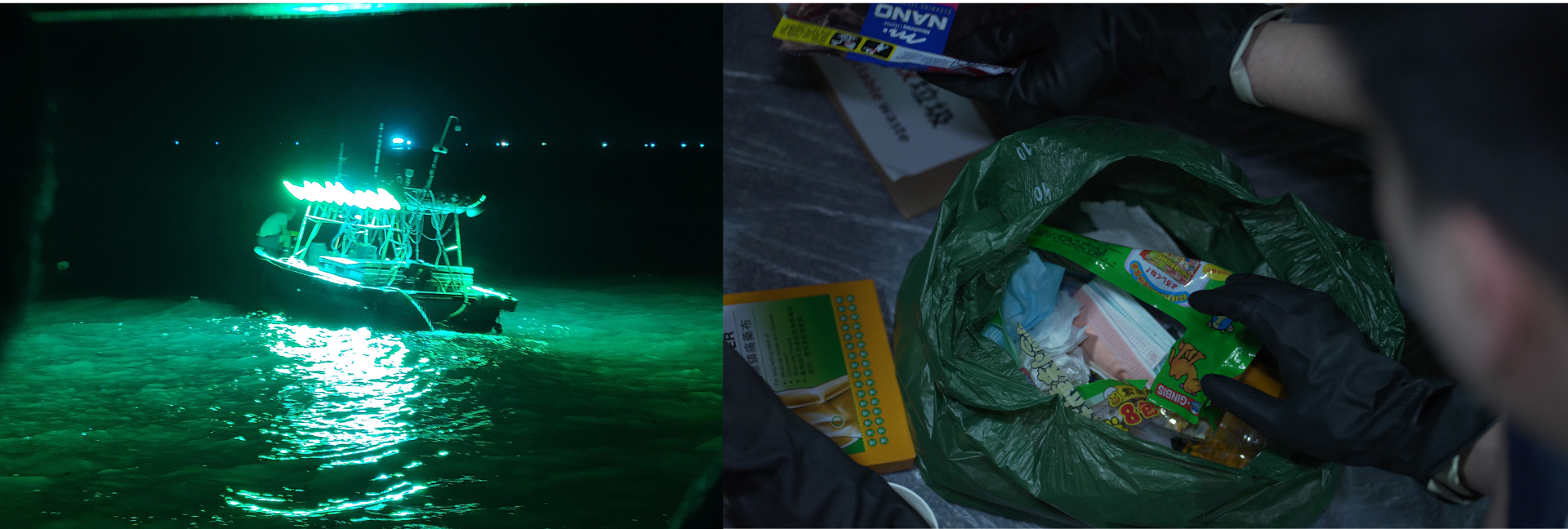

 Back
Back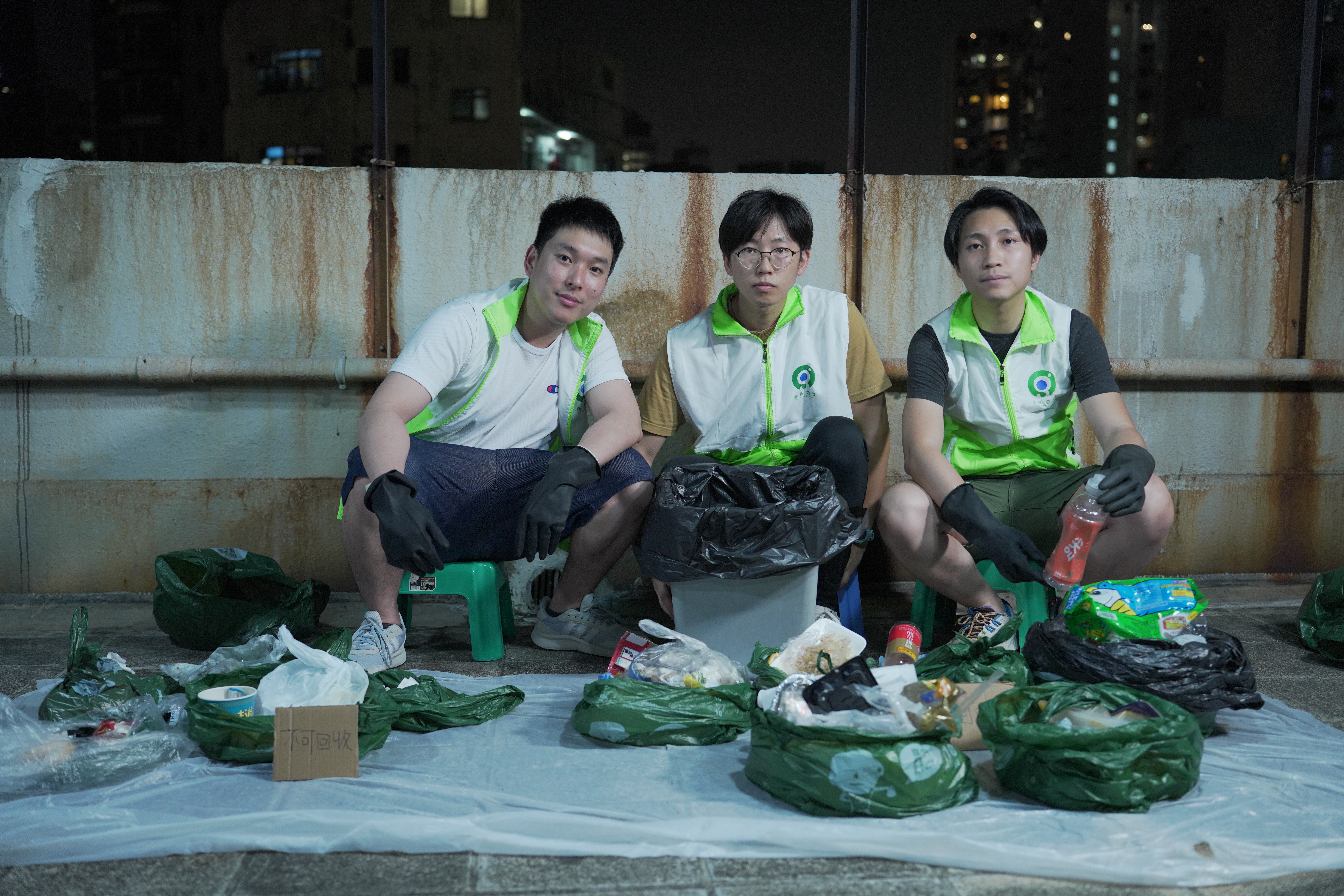
 27 May 2024
27 May 2024
